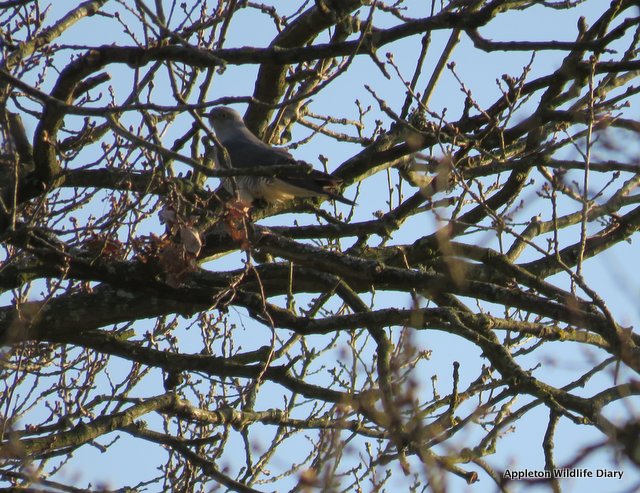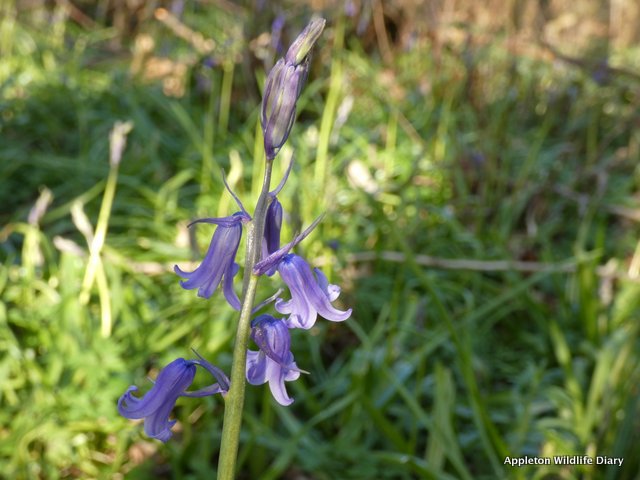‘Cuck-oo – cuck-oo’.
From up in the trees above the badger sett I could hear the first cuckoo of the year calling.
It was difficult to work out whereabouts and in which tree this male cuckoo (only the male makes the ‘cuckoo’) was calling from.
I circled the wood, taking photos of the wildlife flowers along the banks of the stream, that have suddenly appeared in the last couple of days sunshine, while picking up plastic rubbish.
18th April was #lillysglobalcleanupday
Lilly is a 10 year from Holland who asked people from around the world to pick up plastic rubbish for her 10th birthday. You can follow her on Twitter, and see the difference she is making. @lillyspickup
In the background the cuckoo was still calling. I headed over towards where I could hear it, when I saw a movement in a tree ahead. There, near the top of the tree was the cuckoo.
Thank you to Noah @NoahWal01 and Simon, @SimonBradfield who told me that around Oxfordshire the Cuckoos most favoured nest to lay their eggs in belongs to the Dunnock and Reed bunting.
Each season a female cuckoo will lay between 12 and 22 eggs, all in different nests.
As Cuckoos are brood parasites, and the young have no contact with their true parents, it means that their behaviour must be innate. They have an inborn ability to know where to migrate to when the summer is over and where to come back to in the Spring.
I read the fascinating fact that a female cuckoo will generally lay her eggs in a nest belonging to the same species of bird that reared her.




















12-22 eggs?? Wow!
LikeLiked by 1 person